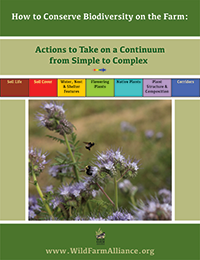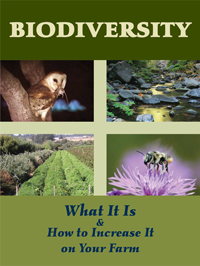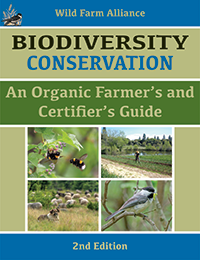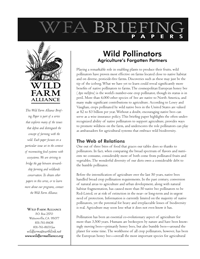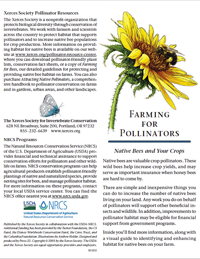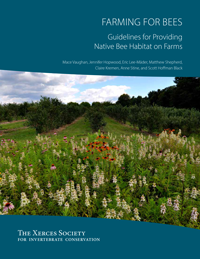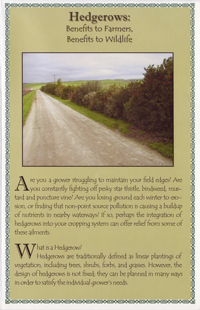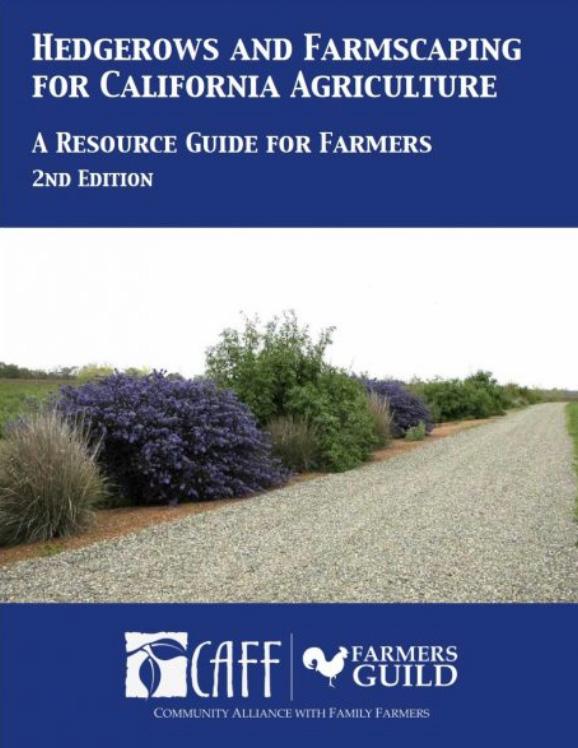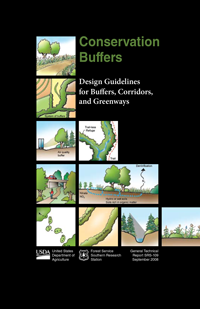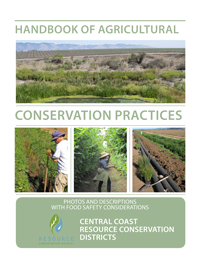History of CCOF and Natural Resources Conservation
Since its inception, CCOF has recognized the value of, and advocated for, organic standards that embrace the conservation of natural resources and biological diversity. Over the years we’ve continuously worked with the Wild Farm Alliance to make its resources available to you, through both mailings and our website. We also worked closely with WFA to develop our OSP G4.2 Natural Resources form, designed to help you identify and implement the right conservation measures for your farm. Lastly, our inspectors are highly trained to observe and accurately record your efforts to maintain or improve the natural resources of your operation, as well as areas that require improvement. We are all in this together, and together we will lead the way in promoting sustainable, resilient, and environmentally sound organic

